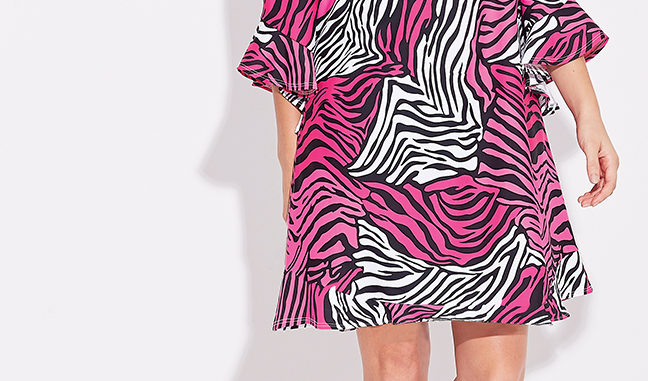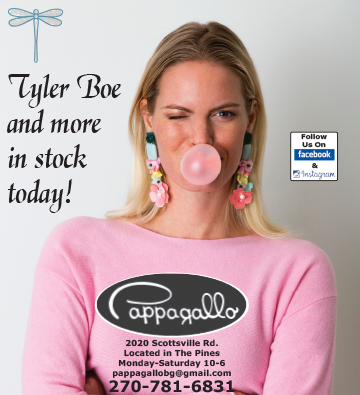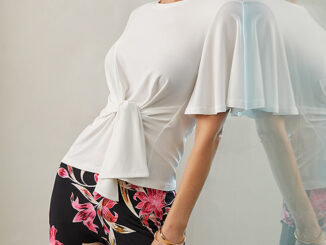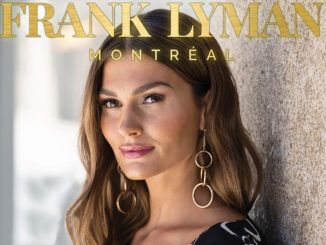
Know your fabrics
High-quality fabrics that last more than a few washes are hard to find. Gone are the days when we only wore natural fibers – cotton in summer and wool in the winter. Synthetic fabrics are a twentieth century invention. Today we have the best of both worlds, combinations of naturals and synthetics. Technology will play a major role in future fashion; self-cleaning clothes, touch detectors woven in fabrics to control your phone, and built in sensors to collect your medical data are in the works. The following is a crash course on textiles.
The Naturals
Cotton – You have seen the ads – “the touch, the feel of cotton: the fabric of our lives.” Cotton is the best selling fabric in the United States. Cotton is derived from the Arabic word “quantan” which means fancy fabric. The cotton plant is so strong that it can travel by wind for thousands of miles, even across oceans. Most of the cotton we grow is white and can be dyed any color. Money, gunpowder and jeans are made from cotton. It is a cool and comfortable, but, unfortunately, it stretches, fades and wears out over time. A cotton/spandex blend helps the garment to fit and hold its shape better.
Linen – Cool and comfortable on a hot day, linen is the ultimate in chic, but guaranteed to wrinkle. I call it “rich wrinkles;” you know it’s 100% linen the more it wrinkles. Linen comes from the flax plant. It dates back to ancient Egypt where it was used to wrap mummies. Linen is easy to care for, but I am going to say it one more time…Linen wrinkles!
Silk – Silk embodies luxury. It is a natural fiber that comes from the larvae of the silkworm. The resulting fibers have a prism structure causing them to reflect light and create a rainbow effect sheen. No fabric dyes more beautifully than silk. The downside is that it is expensive, hard to care for and fades easily.
Wool – Wool has been around a long time. The oldest known wool textile dates to 1500 B.C. Most wool comes from the hair of sheep (mohair and cashmere comes from goats, angora from rabbits). Wool naturally keeps you very warm. Many people find wool to be itchy and cannot wear it.
The Man Mades
Polyester – Polyethylene terephthalate (dare you to say that 10 times), better known as polyester, links esters through a chemical process to produce the fabric. It was first introduced in 1951 as a “miracle” textile. It can be washed repeatedly without fading, holds it shape, and doesn’t wrinkle. Dri-fit is a high-performance, microfiber, polyester fabric that moves sweat away from the body to the fabric surface where it evaporates.
Nylon – Nylon was invented in the 1930s to be a synthetic replacement for silk. During World War II, nylon was famously used to make women’s stockings (hence, the term nylons). The synthetic fabric is as soft as silk, mildew resistant and dries quickly. It is breathable and wicks sweat away from your skin like Dri-fit fabric.
Spandex/Lycra – Fear of spandex is a very real concern among women. It can be your friend or your worst enemy. Spandex, Lycra or elastane is a synthetic fiber known for its elasticity. It is stronger and more durable than natural rubber. Too much can be not a pretty sight, but small amounts blended with other fabrics help clothing (and you) retain its shape.
On the Fence
Rayon – Rayon is a manufactured fabric from naturally occurring fibers. Therefore, it is neither fully natural nor synthetic. Rayon can be used to mimic the feel of silk, wool or linen. It is soft, smooth and comfortable. The fabric is highly absorbent without insulating body heat, making it ideal for use in hot and humid weather. Escapada is a fun and fashionable rayon clothing line out of Charleston that’s perfect for summer.
Bamboo – Bamboo pulp yields a natural fabric that is lightweight, breathable and moisture wicking; it also protects you from ultraviolet rays. It is often blended with cotton and wool. Bamboo tends to shrink and wrinkles (not as bad as linen).
There are many wonderful fabric choices available. One of my favorite designers, Jude Connally, uses a nylon/spandex blend fabric that is moisture wicking, machine washable, fade proof and wrinkle resistant. It doesn’t get much better than that. Come check out all the newest fashions in easy care fabrics at Pappagallo.
-by Nicki Smith
About the Author: Nicki Smith has been in the fashion industry for 36 years. She is the owner of and buyer for Pappagallo, located at 2020 Scottsville Road in Bowling Green (The Pines Shopping Center, next to Chico). She is also available for in-home closet makeovers by appointment.




